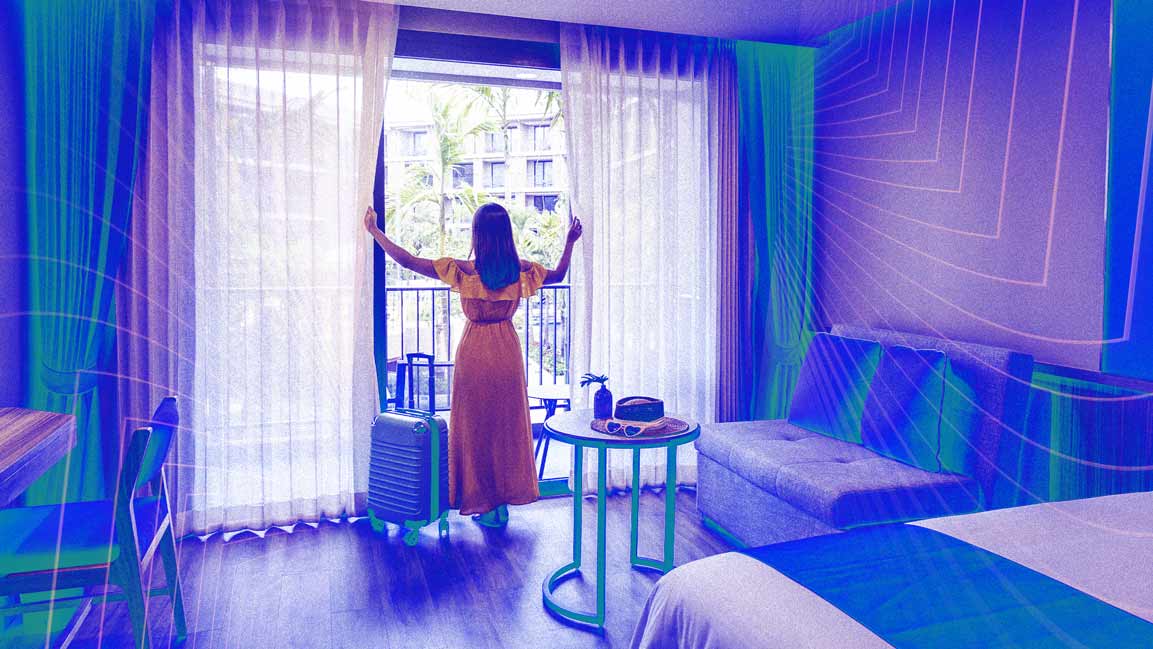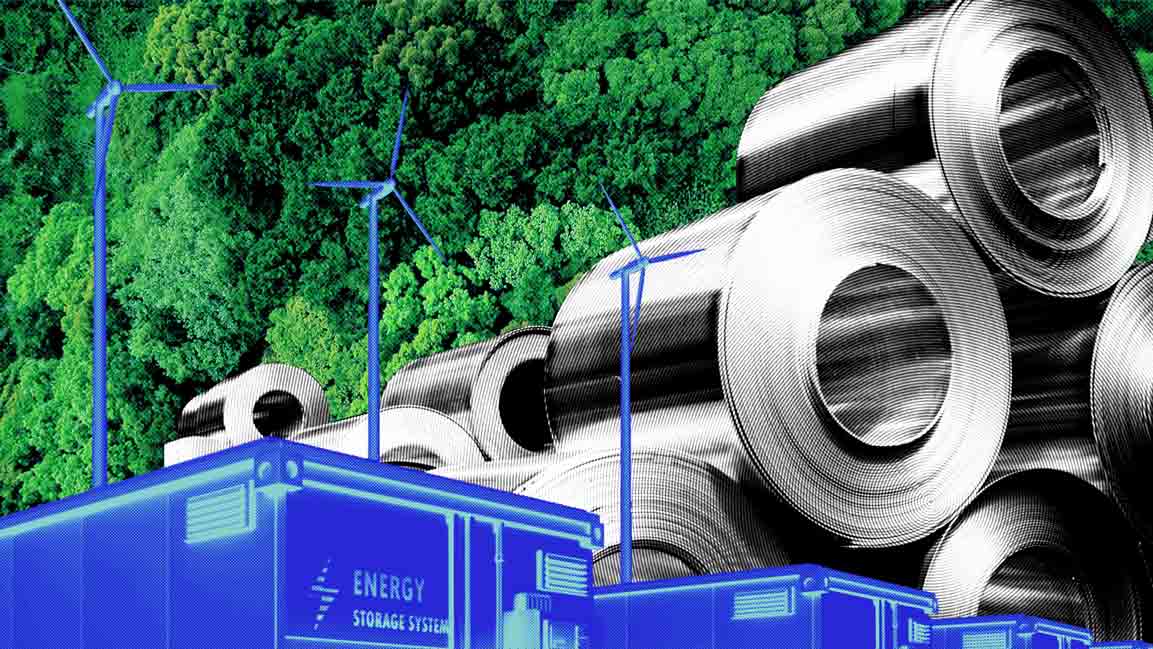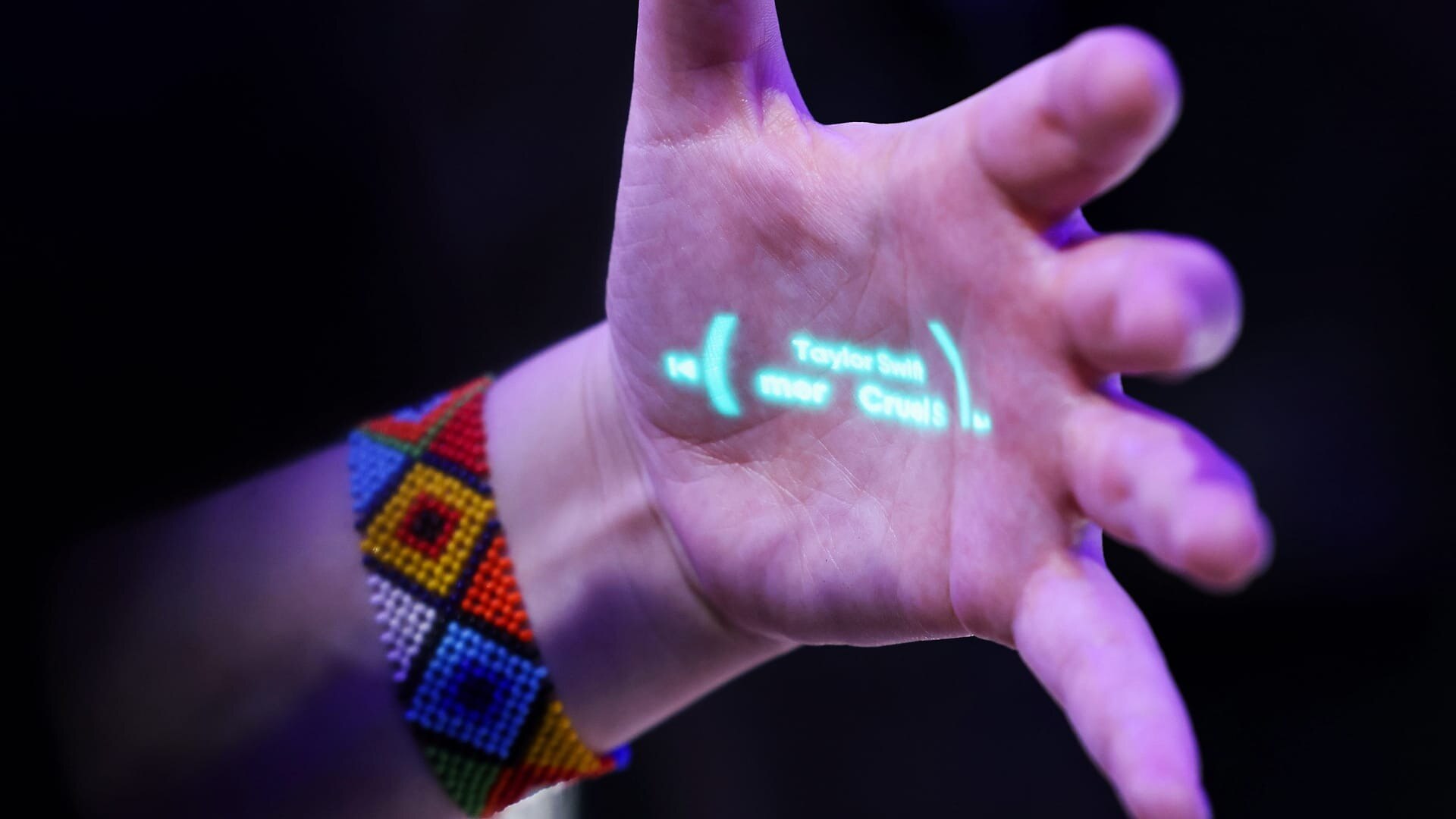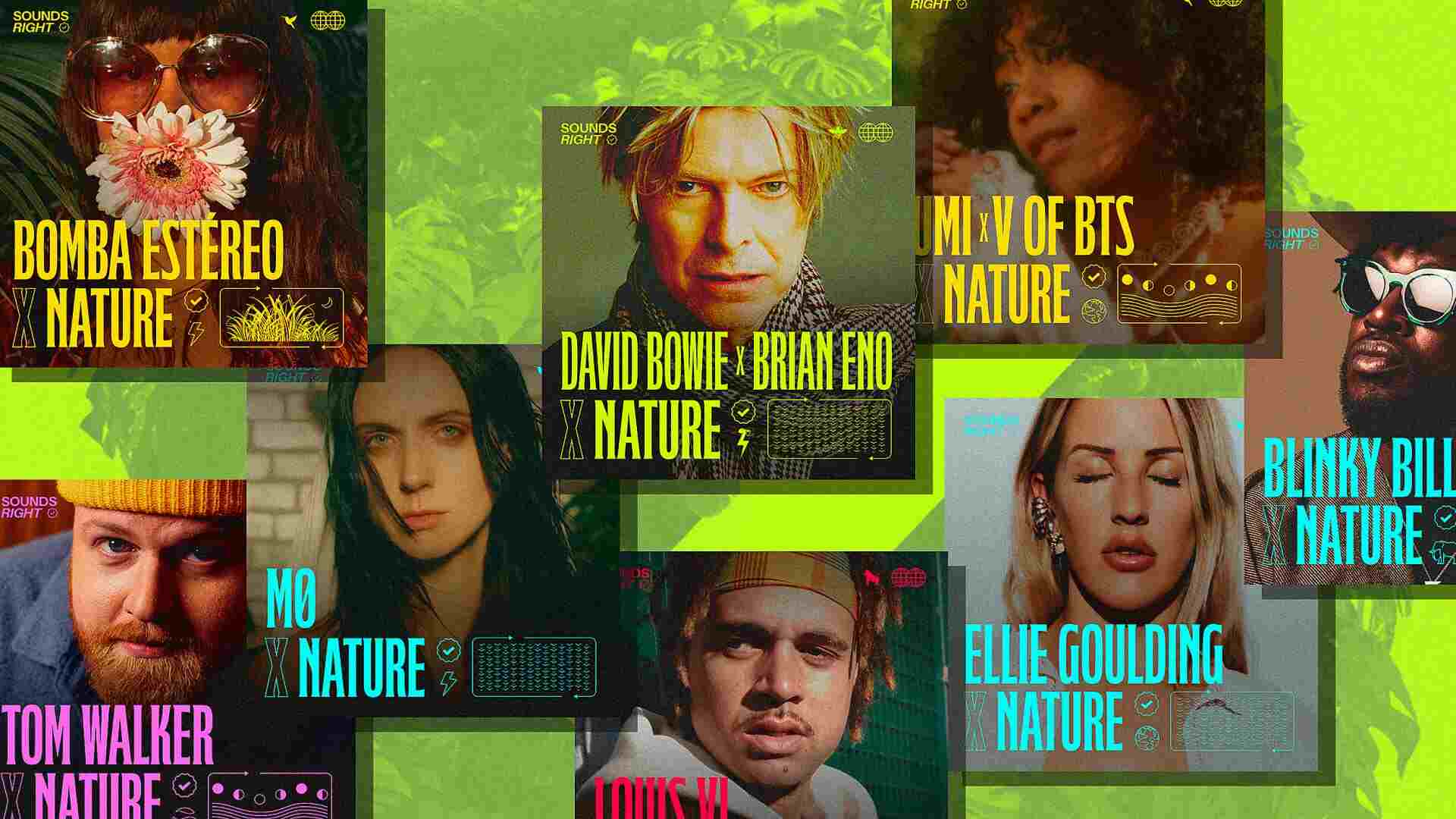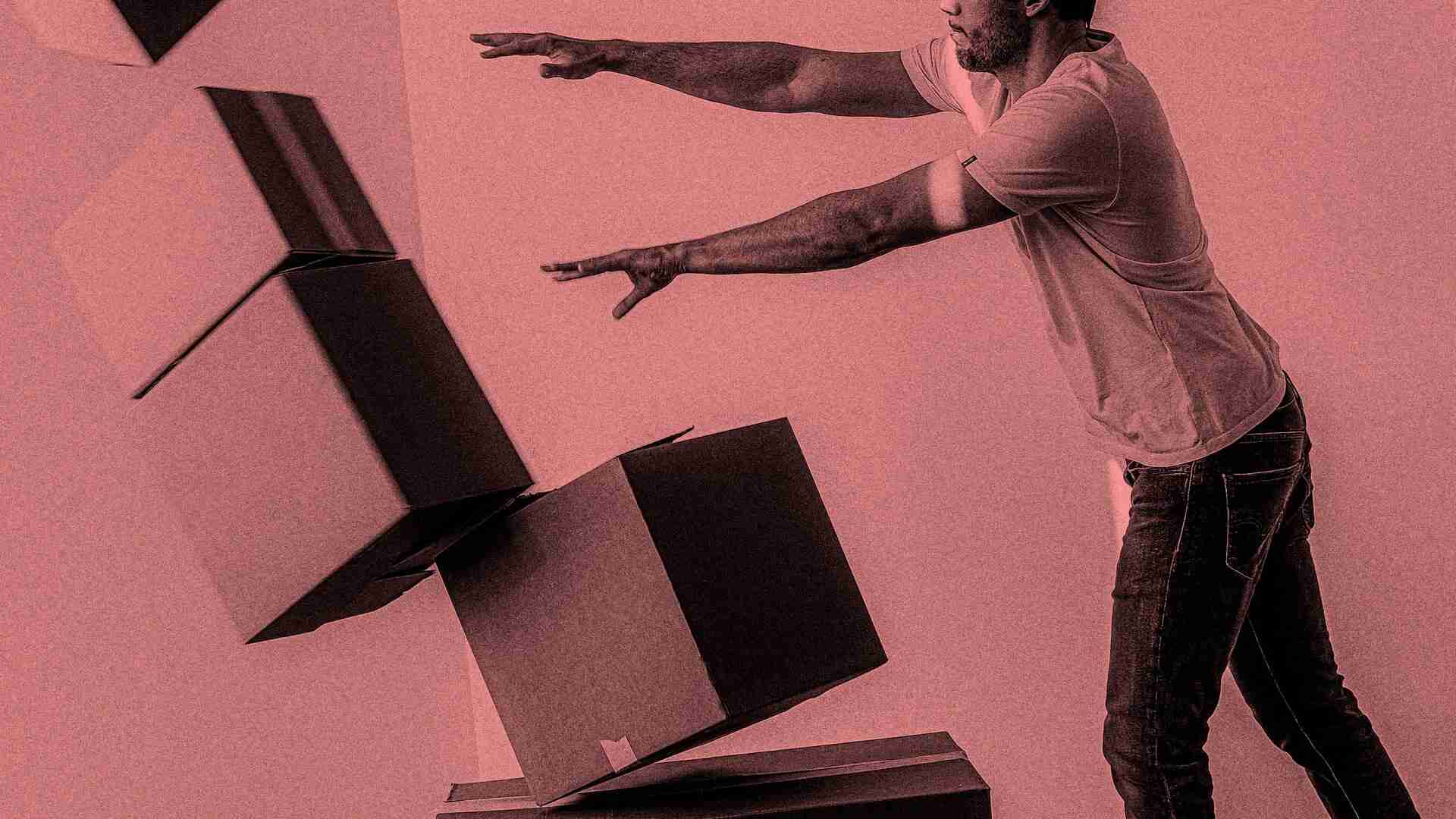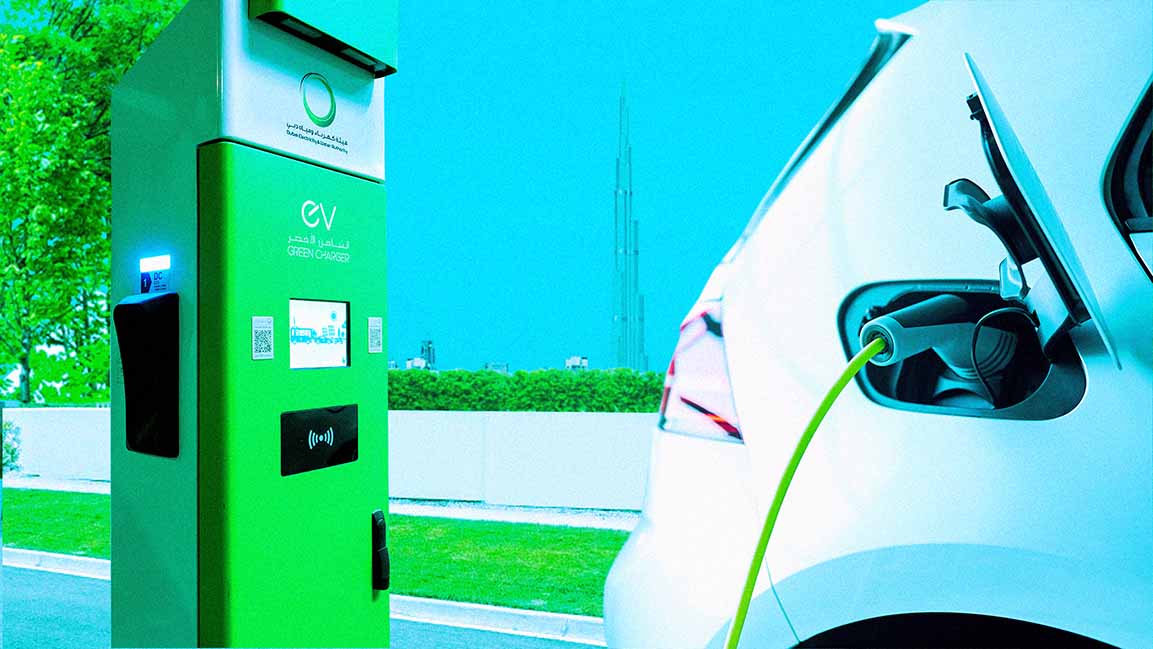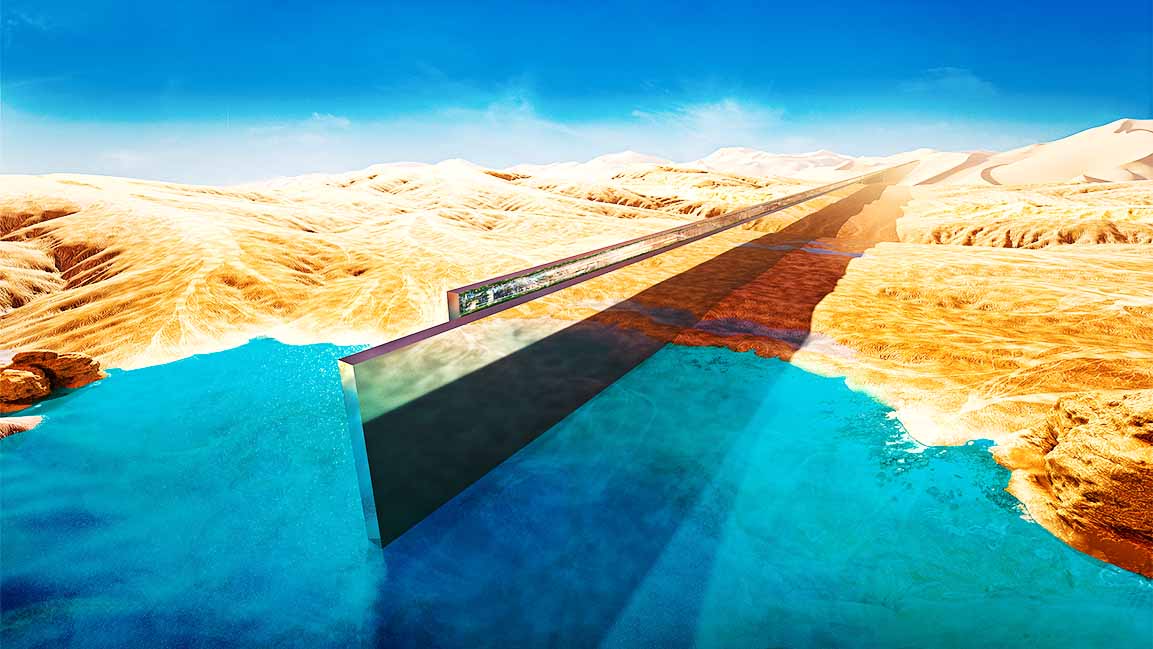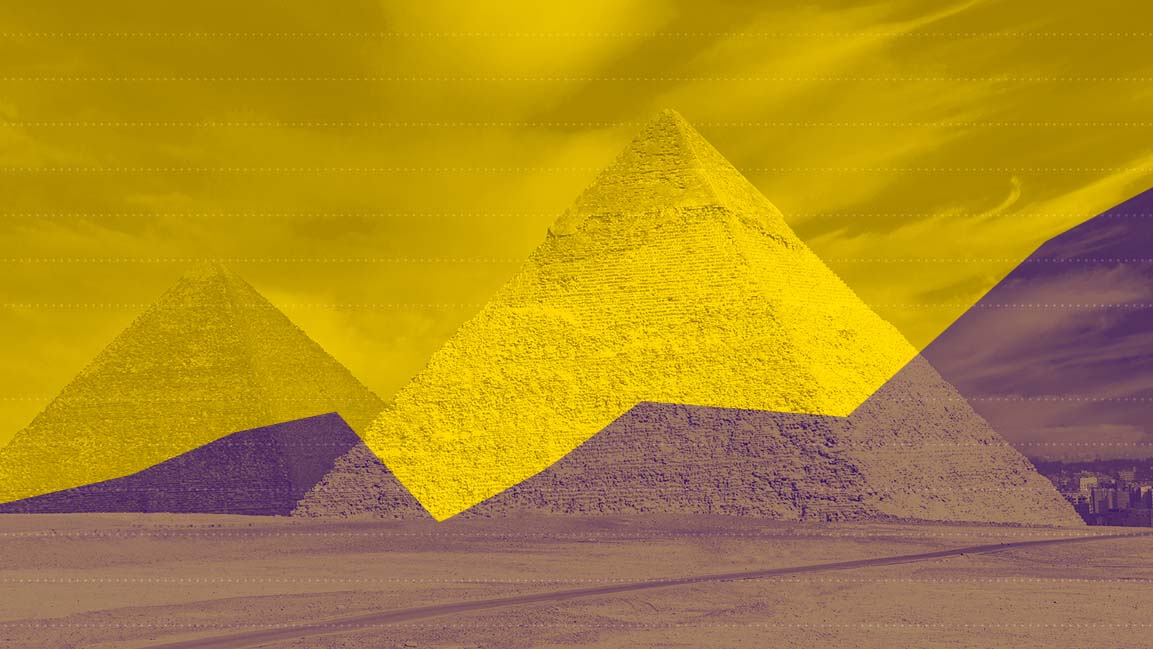- | 8:00 am
This narrative-driven party, hosted by the founder of Minecraft, could be the future of live events
L.A. creative studio Production Club worked with Notch to create an immersive experience in the world’s largest air-supported dome.
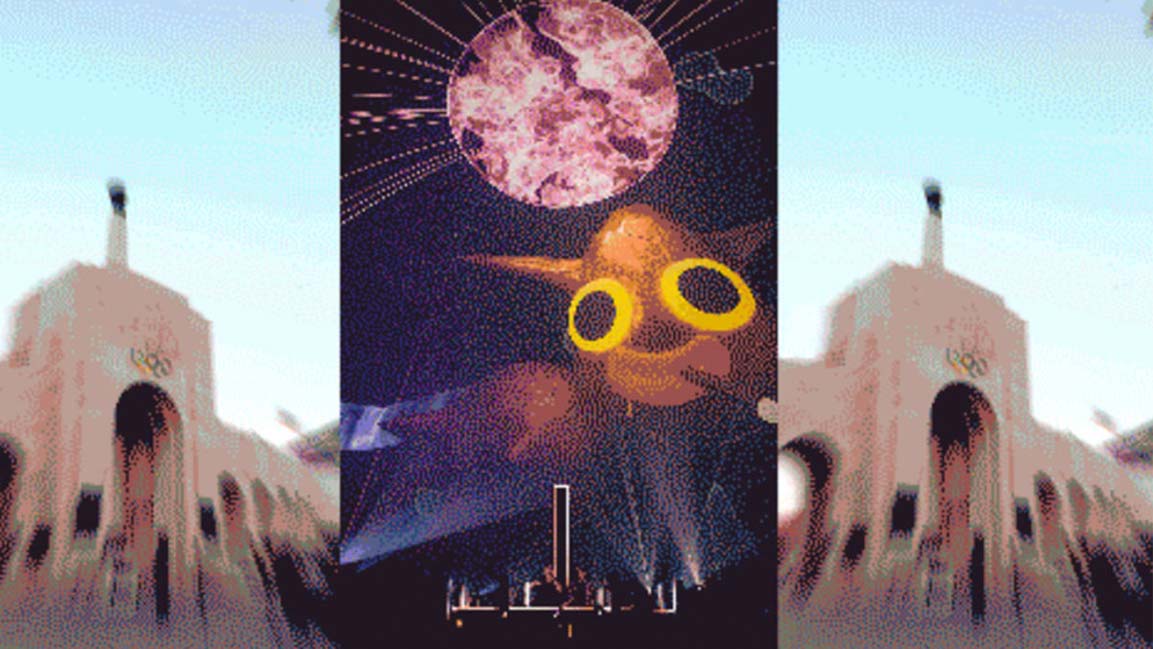
OK, picture this: A group from the future travels back in time to save the souls of the human race from being imprisoned in a future blockchain hellscape. They need to get people out of this dimension to achieve Soulvation.
No, it’s not the synopsis of a forthcoming James Cameron film, but the narrative premise of a party hosted last weekend by the inventor of Minecraft at the Los Angeles Coliseum—in the world’s largest air-supported dome. On Saturday, Minecraft founder Markus Persson (aka Notch) hosted “.party()”, an experiential nightclub concept named as a coding joke referring to running a “party function or subroutine.”
The party was created with Los Angeles-based creative studio Production Club, and the goal was to make the experience feel “impossible” for the 1,800 people in attendance by combining music sets by artists including Justice, 2ManyDjs, surprise guests Zedd b2b Alvin Risk, Starya, and ARTY b2b Team EZY, with real-time digital art and laser projections made by more than 30 VFX artists.
Production Club CEO Corey Johnson says that while so much attention is being paid to the metaverse and how we can live and function in a digital environment, this was a move in the opposite direction. “People are looking for connection, after the pandemic especially,” says Johnson. “The metaverse doesn’t offer human connection. At the end of the day, people love to be slammed into a room together. I think grounding the experience in the physical, then extending it into the digital, is what we’re aiming for.”
This isn’t the first time that Production Club has thought about the future of live events. Back in 2020, it designed “The Micrashell,” a protective apparatus that allows for public socializing without the distancing. It has also designed and produced immersive experiences for the tech, gaming, and music industries, including Skrillex’s first major touring production, “The Cell,” which used projection mapping and real-time gaming technology, and Amazon Web Services’ 2019 Intersect music festival in Las Vegas.
Just as Industrial Light and Magic’s immersive VFX set, called StageCraft, puts Disney’s actors and directors wherever they want to go in a galaxy far, far away, Production Club’s dome aims to do the same for live event attendees. Just replace the Mandalorian with EDM.
‘EXPERIENCE AS A PLATFORM’
“This dome will help collectively transport people into these visual environments, where we’re curating music, sound design, and narrative to take people through a shared journey,” says Johnson. “We’re using experience as a platform for artists to express themselves in new ways.”
Doing that comes with challenges both creative and technological. Production Club chief creative officer Miguel Risueño says they provided all the artists with pre-rendered VR walk-throughs of the space, so they could get a better sense of how their work would be seen.
“We created a system where we mapped the full dome, and have 360-degree laser projection,” says Risueño. “I’ve never seen it before. We built a system where we take a 360 camera, we put it in the center (of the dome) to analyze in real-time the lasers that the laser artist is using. Then we analyze that and create a system of visuals to go with it.” That provides an element of live laser performance art; Risueño didn’t know what the visual output would be because it was based on algorithms that analyzed the live laser projections.
Ultimately, this was a party for a select few in one city, but Johnson and Risueño see it as a step toward bringing experiences like this to more people, in a variety of ways across broadcast, streaming, and gaming technology.
“We’re thinking about this in terms of experiential media, experience as a medium, and we don’t want to just create these experiences for the 0.01% of people who can afford it,” says Johnson. “So we’re thinking a lot about this idea of using the technology to create more reach, even creating decentralized events in the first place, and have different facets, and the idea that an event has to happen within a single space time.”









